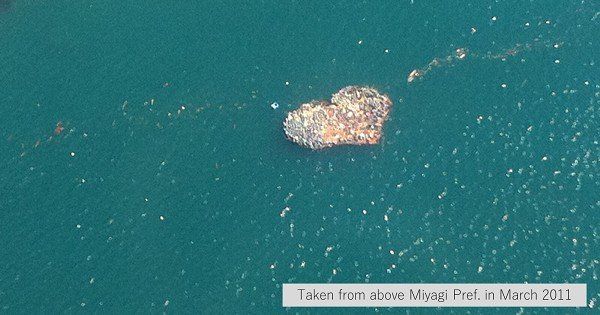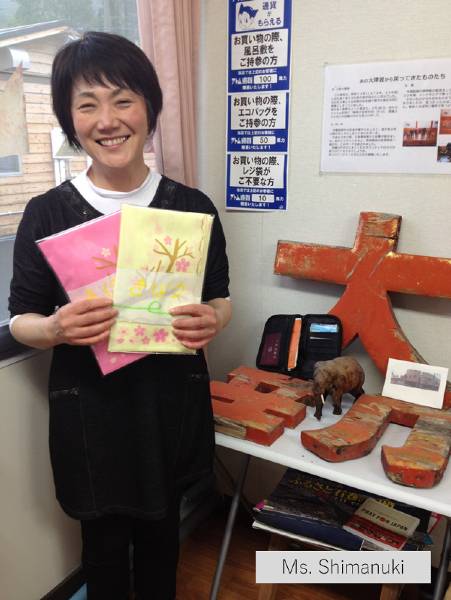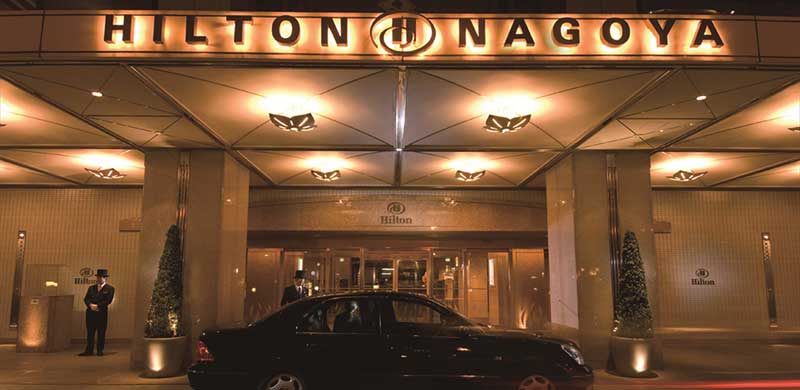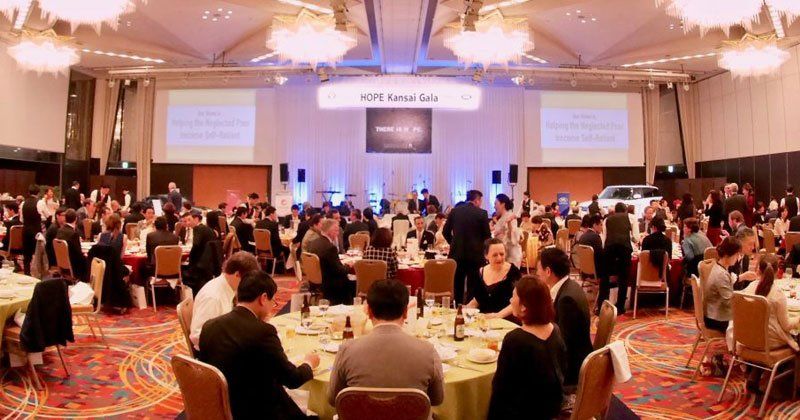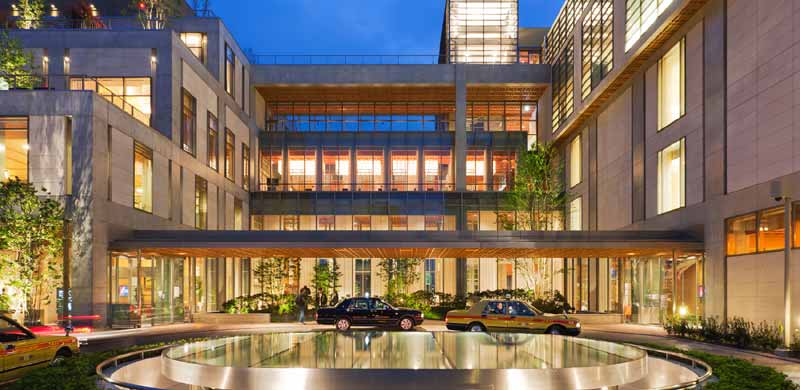Reflections on the 2011 Tohoku earthquake that struck Onagawa
Born and raised in Miyagi, I began my work in 2012 as the local representative in charge of HOPE's Tohoku Emergency and Recovery Projects. It was around the time when many survivors were trying to restart their lives, sheltered in temporary housing, amidst the uncertainty of their future.
Back then, an unprecedented number of people, including businesses, volunteers, and people who wanted to help, were flowing into Tohoku. It appeared that these volunteers were filled with thoughts of wanting to become heroes to the disaster victims, of wanting to be involved in effective projects, which sometimes led them to compete amongst each other for victims to support.
On the other hand, the locals were dealing with concerns about which offer of support to choose and accept and how they should deal with new volunteers providing support despite feeling grateful to those who were there from the beginning.
Under such circumstances, HOPE mobilized its international donors and raised over 200 million yen to immediately provide emergency relief and support to rebuild livelihoods. Subsequently, our work was refocused and continued until 2016 to provide support to children and their families to help them recover from the traumatic event. Both programs were implemented in a manner respecting the local communities’ own reconstruction plans.
In this issue, we would like to introduce a message from Ms. Shimanuki, who runs the clothing store "Daishin", which was the first to rebuild its business in front of the Onagawa Station in Miyagi.
I first met her when she reopened her store on the temporary shopping street Kibo no Kane that was opened after the earthquake. HOPE provided support for the operation of a cafe attached to her store and in the development of a new product, a furoshiki*. Five years have passed since the temporary shopping street was closed and Daishin was reopened in front of Onagawa Station.
*Furoshiki (風呂敷) are a type of traditional Japanese wrapping cloth traditionally used to transport clothes, gifts, or other goods.
"It's been 10 years since that day,” she recalled. “Onagawa, which was a mountain of rubble, has been reborn through the support of many people all over the world. I am truly grateful to everyone for their support and the wonderful relationships that were born. Thank you.”
“Prior to the disaster, my store had been around for nearly 90 years since my grandparents' time. They were not from Onagawa, but had moved here and opened their shop. They built up trust within the community and prospered as a business. The number of customers decreased as they got older, but we are still supported by regular customers from our grandparent’s and parent’s generation. As long as I am in business, I value the trust that we’ve built in this community over the many years, and I want to deepen my roots here. There have been many months where the turnover of Onagawa restaurants has shrunk to less than half that since the onset of the pandemic last year. And after the state of emergency that was declared in Kanto in January this year, the number of tourists in Onagawa has gone down as well. This is a town that was reconstructed with a lot of support from many people, so I am doing my best to hold out.
Last year, due to COVID-19, we didn't accept volunteers, but they still come here. There are those in town who think that we still need reconstruction support. However, I think that we cannot look at ourselves as victims forever, and that we must dismiss the idea that we should continue to receive outside support. From now on, I think that if we reach out to the victims of disasters and the socially vulnerable elsewhere, it may help us in the recovery of our hearts."
Many supporters withdrew within five years after the earthquake, and some of their work was successfully handed over to local organizations, and some not, but the results are clear after ten years. Despite the difficulty of emergency and reconstruction work, I feel that the formerly inward-looking people of Tohoku who after having received support from all over the world, and who are thankful for it, have now become aware of disaster victims and those mired in poverty beyond the country. Nowadays, the areas affected by the earthquake are also affected by the pandemic, which is a global problem, but I hope that many people will continue to visit this area again to help raise awareness of this disastrous event.

